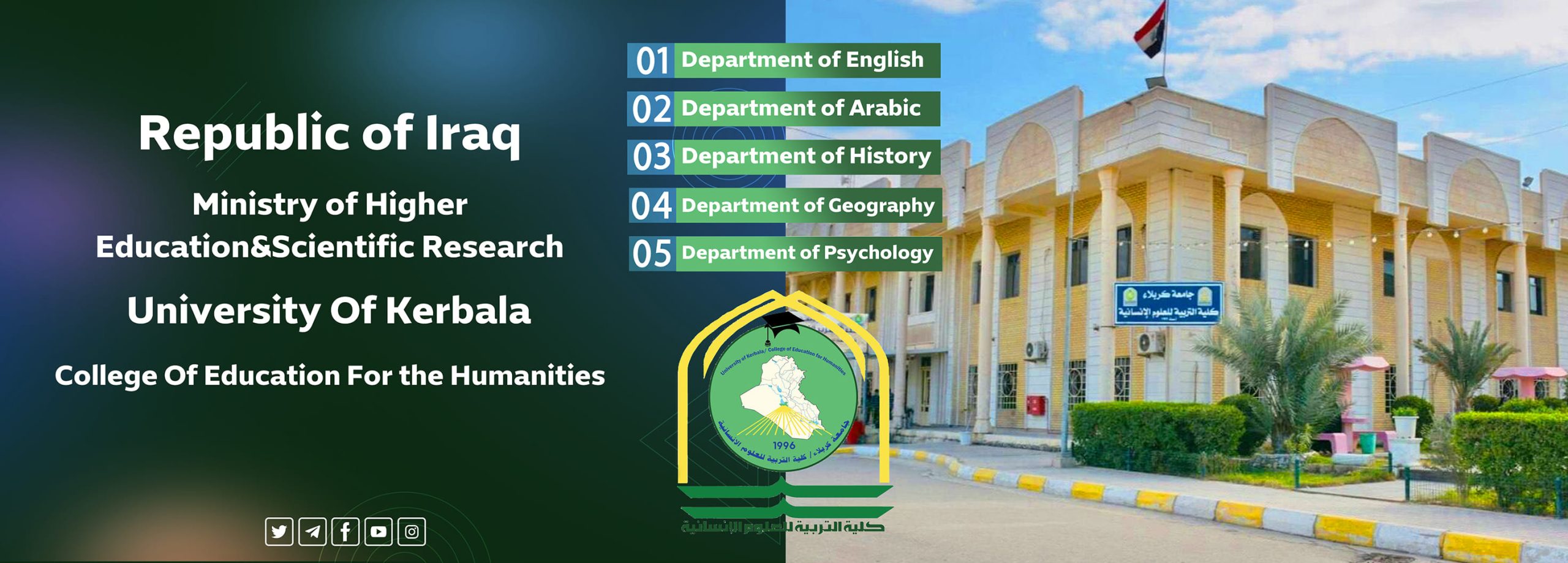
Abstract:
The current study which is entitled ‘ Paradox in the Verse of Nazik Al Mela’ikah’ is interested in paradox, its attribution by contrast and wh, and accompanies it including the linguistic deviation and moral intertextuality as one of the semantic condensing procedures in the poetic and the interest paid by many western critiques in specific and the Arab ones in general, despite that Arabs efforts were limited particularly in application to.
The current study comes posed of a preface, conclusion, and three chapters. The preface tried to answer the questioning of how the paradox was formed and its semantic intensive in Nazik Al Mela’ikah verse. This was branched into basic inquiries about what is the paradox ? what is its significance in the verse formation? How the poet’s texts affected due to the poet’s use of the rhetorical arts and what are these arts and styles? The poet’s role in originating the term in the modern Arabic criticism was investigated.
The first chapter was devoted to the rhetorical aspects and entitled ‘ the rhetorical paradox’, it has three sections. The first section discussed some styles of paradox in the same question the poet employed in building the paradox such as command, interrogative, vocative, and negation styles. The second section dealt with styles of eloquence science which was ordered the following simile metaphor, metonymy, and personification. The third section stated paradox in rhetoric science which included antithesis, opposition, alliteration, use similar to dispraise and the dispraise Similar to eulogies, and insulting.
Sections of the second chapter studied types of the imagery paradox that carries this title, it consisted of five sections. The third chapter entitled ‘ styles of paradox formation’ was divided into three sections. The first section was about the paradox of intertextuality which has three axes.
The first axis was about the intertextuality of the religious paradox. The second axis was about the intertextuality of the legendary paradox. The first axis was about the intertextuality of the poetic paradox respectively according to the intensity of the poet’s use of these types. The second section tackled repetition which has great importance to the poet where she devoted a part to it in her book (issues of contemporary poetry) and she made three classifications besides the presence of paradox in its formation and condensing its reference.
The third section studied the paradox of irony which has two axes. The first was about the irony of fates and life and the second was about the political irony in most of the collected texts. The study relied on the descriptive analytical approach in observing types of styles and paradoxes that the poetic texts displayed descriptively analytically and to induce a critical vision towards the poet’s Nazik Al Mela’ikah. production ( collection of the whole work).
The study relied on many and various linguistic, critical, and literary references and bibliographies, some of them are western which were translated and theoretical Arabic studies, the most important study belongs to De See Myouk translated by Abdul Rehman Lo’lo’ah entitled ( The paradox and its attributes), a study by Dr. Khalid Sulaiman entitled ( Paradox and literature), a study by Dr. Nebealah Ibrahim which is included in her book ( Story art between theory and application), an article by Seza Qasim entitled ( Paradox in the art of contemporary narrative), and a book in paradox in the verse of Pioneers by Dr. Qais Al Khefaji, and some theses and dissertations like ( stylistic of language in the verse of NA by Jabbar Hlail from Babylon university 2011, the thesis of Paradox in the verse of Abi Newas by Saqar Ahmed Hussein Urabi from Al Yarmouk university 2016, and Paradox in the verse of Al Senoberi by Yusrah Kheleal Abdul Rehman from Al Gkekeal University).
































































